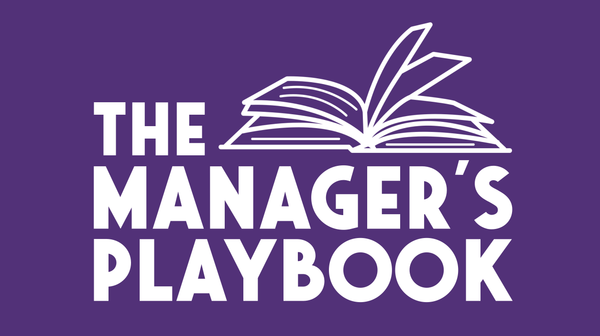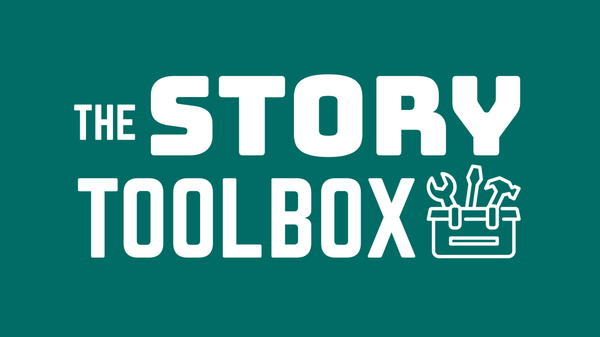The Art of Communication Design: Design Your Comms Plan

In this 4th post of the Art of Communication Design series, we'll be examining how to design your comms plan and framework. Check out the entire series:
- Part 1: Intro
- Part 2: Define Your Goals
- Part 3: Identify Your Audience
- Part 4: Design Your Comms Plan
- Part 5: Design Each Message
Last month I gave this talk at DevRelCon London. This blog post series is a slightly adapted version of my speaker notes, so that it’s split out across multiple posts and hopefully reads better as articles. If you prefer watching videos, check out the talk on the DevRelCon YouTube channel.
In the previous steps, we defined the goal of our comms, and we identified our target audience. The next step is designing an actual comms plan.
Understanding your context
First, I want to revisit the concept that it’s about coordinating complexity. Your comms plan is all about making it easier for you to coordinate what you’ll be communicating.
This needs to be optimised for your context. You need to design your comms plan in a way that will help reduce the complexity of your specific context. This is going back to what I said in the first blog post:
It might mean that the complexity comes from having multiple audiences and having to coordinate the different messages you’re sending to each audience.

Or maybe these messages need to be staggered, delivered in a specific order. Where it makes sense for a certain group to be informed before others:
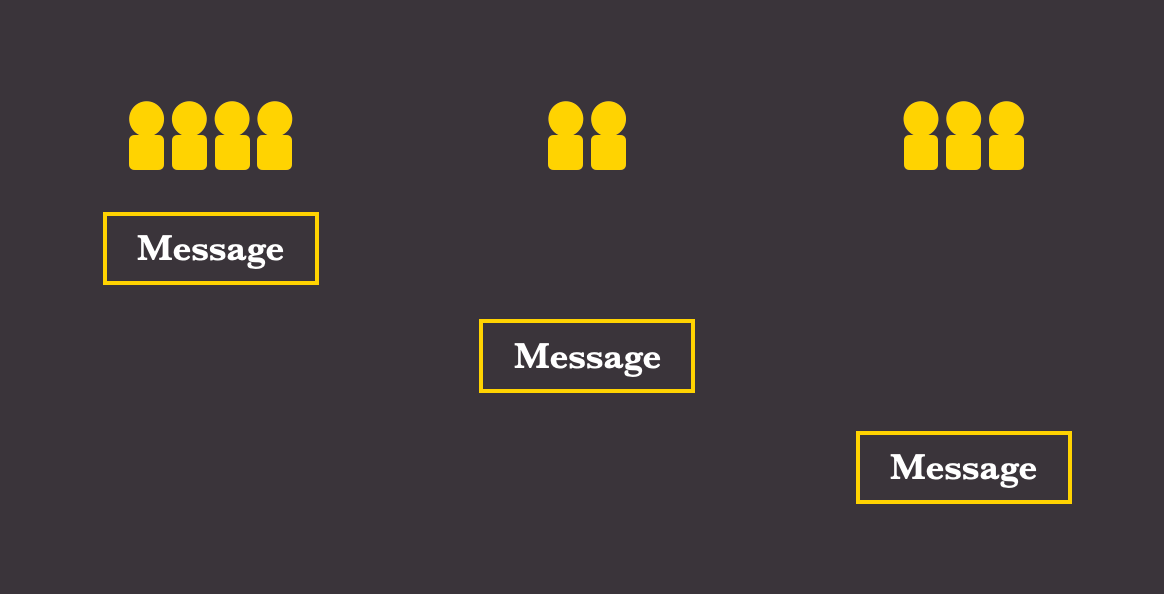
It might mean that you have multiple audiences but you want to send the same message to them, and that message needs to work for different audiences.

Maybe you have the same target audience, but you need to reach them in different ways, on different channels, where the message needs to be tailored for each channel. Here the complexity might come from dealing with different message lengths, different formats, different languages.
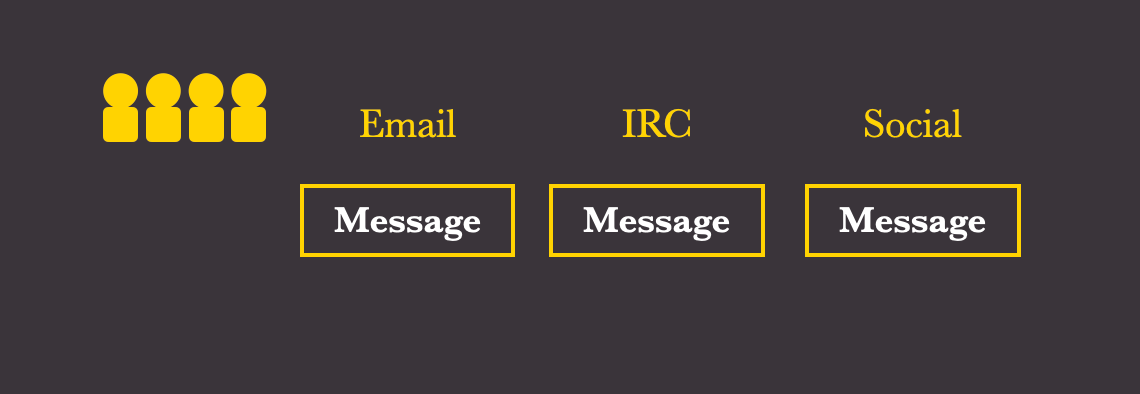
Or maybe it’s about having multiple messages planned out over a set piece of time, delivering different time-sensitive information.
Or perhaps it's all the above type of complexities combined.
So think about what type of complexity does your comms have? How does it apply in your specific context?
There are lots of different comms plan templates and structures out there, and they're all useful in their own ways. You don't have to reinvent the wheel here. But it's key to first understand what challenges and complexities you're trying to address with your comms plan, and shape it to what you and your team need, rather than use something that doesn't fit for your purposes.
If the comms plan is about coordinating what you want to communicate, you need to optimise the design of your comms plan to your context.

The first exercise in this post is to design the framework of the comms plan for your specific context. I know that's easier said than done, so let's break it down into a couple of steps:
First, let's start with answering what we discussed above: what is the trickiest thing to coordinate?
Is it the timing of your messages? The audience for the messages? The channels you’re using? The person who needs to send the messaging? Is it about keeping track of the topics of different messages? Are certain parts dependent on each other?
I think a lot of examples I used have been informing people about something, but going back to the beginning of the blog post series, remember that comms is also about the exchange of information. Often its not just about the broadcasting of information, but about bidirectional information. And that type of exchange can also make the coordination complex.
So think about what is the hardest part of what you're trying to coordinate. This should be at the core of the design of your comms plan framework. For instance, if the complexity is in coordinating when the comms happen, you'll want to highlight this in your comms plan. If the complexity comes from who does the comms, you'll want to optimise for that.
Next, think about all the relevant information that you need to keep take into account when coordinating your comms: what are the key components of your comms?
This is about understanding what information do you need to be aware of at a higher level, when you want to visualise the coordination. Again, it's the same questions as above, but this time it's about the secondary information that you want to keep track of. I normally tend to include the following, but this is by no means an exhaustive list:
- Date/time
- Channels/medium
- Key message topics
- Audience
- Owner
- State/progress of the message
Again each of these will be dependent on your specific comms, as to how important it is and what about it you want to visualise. For instance, the state of the message might be a simple Not Done/Done, but in some cases you might want to break this down further, like keeping track of Drafted, Proofread, Signed Off, Scheduled, and Published.
Then, keeping that complexity focus and the above key components in mind, sketch out a rough structure of your comms plan framework. Most comms plan I've used in the past have been in some form of a grid or table, with the date and time being visualised in one axis, since often the timing is most important to me. There have been occasions though when I've needed comms plans that were designed around the audience and state of the message, since that was the main thing we cared about then. Again, it's up to you to decide what your main complexity is that you're optimising for.
Also consider whether there are certain elements that you want to highlight in some way, through either colour, shape or fonts. The comms plan is all about visualising what's important in your comms and simplifying the complexity. What elements are most important?
If you don't know where to begin, you can use an existing template as a starting point here. One basic template that I can recommend checking out is from Lara Hogan, in her post about The art of the tick tock doc:

Finally, decide on what format your comms plan should be. Again, there's no right way of doing this, since the actual format choice doesn't really matter. Whether it’s a spreadsheet, a doc, a Jira or Trello or Asana board – it’s about visualising what makes sense for your team. Ideally though, this should be in a format that you know you and your team will want to interact and work with. You don't want to end up with a comms plan that nobody uses or refers to, cause it's not part of their regular set of tools.
I'm describing this process here as if this and the next step are two completely separate parts – in practice, that rarely is the case. If you finish this exercise, with a nicely structured blank framework for you to then fill out in the next section, that's great. That also means you have a ready-to-go template for the next time! But I know most of the time, the lines of these exercises will blur. Understanding holistically what messages you're planning and coordinating will influence and shape the framework structure, and you might only discover things that you need to optimise for along the way.
Design the Flow of Information
Once you've designed the framework of your comms plan, the next phase is planning holistically what your comms are. Now is the time to put into practice what you know about the goal of your comms and the target audience.
Given that you know what you're trying to achieve with your comms (the goal) and everything that you now know about your target audience (audience breakdown, audience journey and audience core needs), how do you plan out what you need to communicate? How do you make sure that you provide the right information at the right time time to the right people?
To me, this is all about designing the flow of information.
Your comms plan framework should provide a good structure to help you think through the flow of information in your messages and help visualise all the moving parts of your comms. This is about breaking down the overall message that you need to get across over the different audiences, channels and formats.

So, the next exercise is about putting your comms plan into practice and planning out the specific messages.
Think about the flow of information through the messages. Do messages followup each other nicely? Are you covering everything you need to achieve your goal? What information is key to get across?
This is when you need to think about what information makes sense in what order, what key topics to address in each message, who is responsible for what and when the messages need to happen. You don't want to get stuck into details about the exact messaging yet, but you need to have a good sense of what each message is roughly going to be about.
Here’s an example based on a format I’ve used in the past and loosely based on a real life example. In this situation, we had to communicate to 2 teams that they were being merged, and making sure we staggered the conversations in the right way:
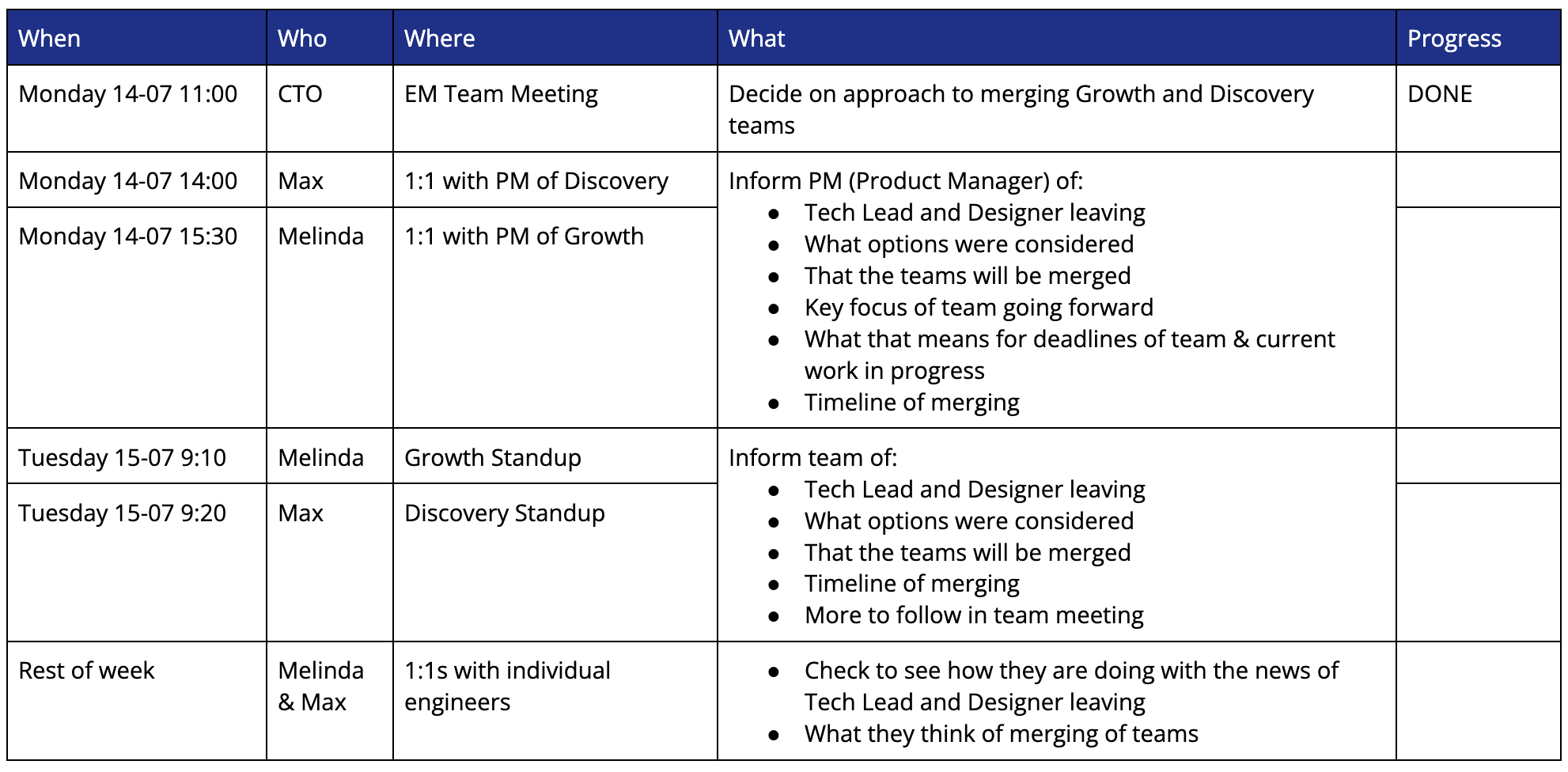
The focus in this comms plan is on the timing, but also on the coordinated messaging by different people, and making sure that each owner is covering the same pieces of information. In this case the comms plan only covers a short period of time, but because it's a sensitive topic, we needed to make sure the conversations all happened fairly quickly and that we were covering the same key messages.
Here’s another made-up example for a comms plan for an event, but it's mostly based on a format I’ve used previously:

It's a simple comms plan for an event, where messaging needs to go out over multiple channels over a span of several weeks.
The focus of the comms plan here is on the date and timing of the messages, the channels being used, the progress of the different messages and who’s owning each piece. In this case the coordination of the state of the posts (Needs drafting, Scheduled, Signed Off, Posted) is one of the parts that is most in flux and therefore is highlighted in different colours. It’s about visualising the coordination of those specific elements.
One thing to reflect on with the example above is how we could have designed this differently. Previously, we're focused on the timeline first: all the messages are sorted by date/time, but how about doing it differently:
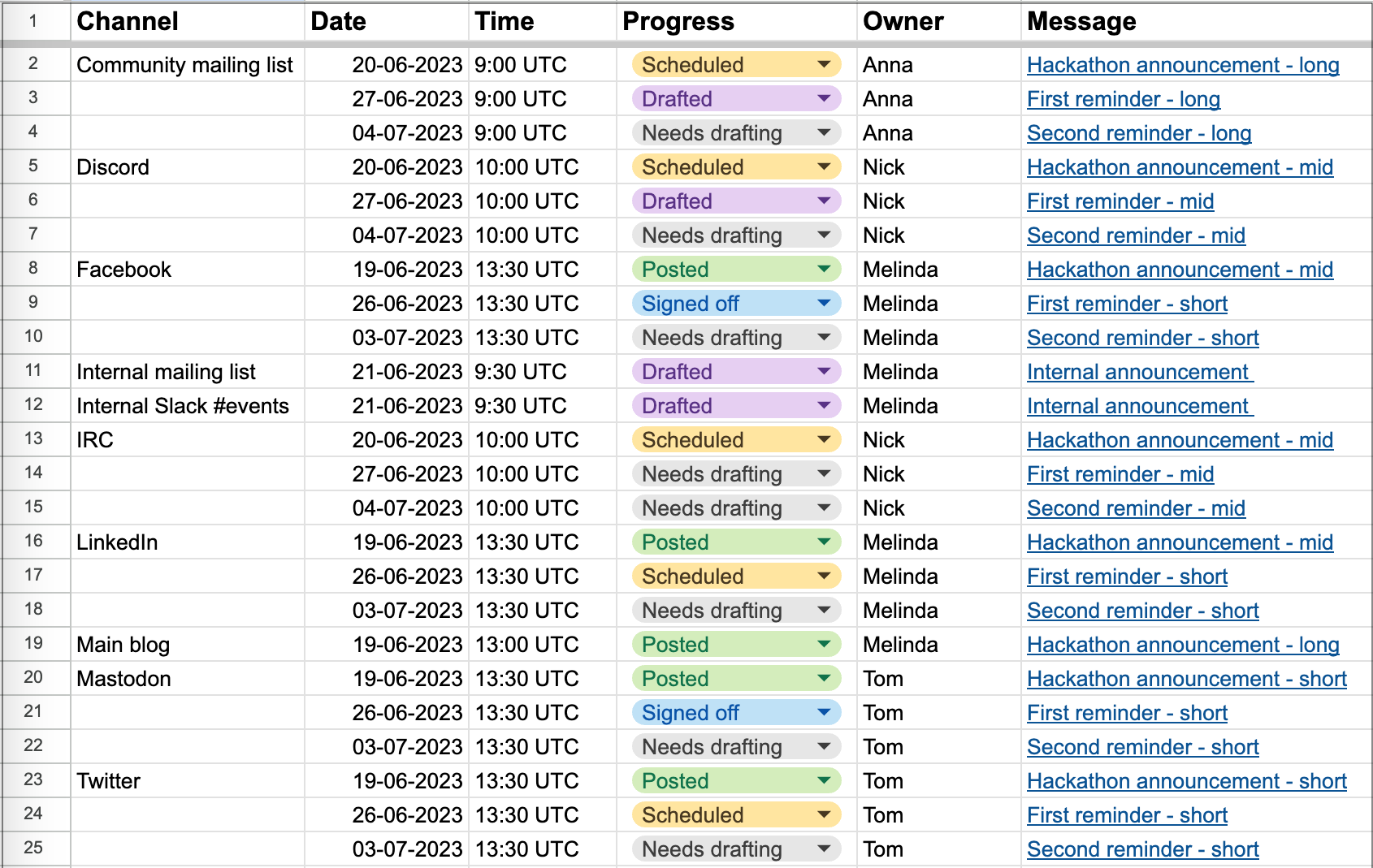
In this case, we've designed the comms plan to focus on the channel. It provides a different perspective of how we're looking at our messaging. It's a bit of a contrived example, and I prefer using the timeline design for this particular case, but think about what your context needs. It's about designing a structure that helps simplify the complexity of your comms: what part about your comms do you need to coordinate and highlight the most?
In the end, the comms plan is all about helping you to be more intentional and deliberate with what you're communicating. It's a tool that will allow you to reflect on what needs to be done, help you coordinate the comms across the team and have a single point of reference for what you'll be doing.
Recap
So putting that all together, you’ll have designed a comms plan:
- You’ll have created a comms plan framework for your current context.
- You’ll have designed the flow of information with messages in the comms plan.
Continue on for Part 5: Design Each Message where we’ll be looking at designing the individual messages.
This blog post is part of The Art of Communication Design series:
- Part 1: Intro
- Part 2: Define Your Goals
- Part 3: Identify Your Audience
- Part 4: Design Your Comms Plan
- Part 5: Design Each Message
Liked this post? Sign up to my newsletter below to get future blog posts direct in your inbox.
Want to work with me? Get in touch if you want to find out more about engineering management, speaker coaching, outreach and content writing!
